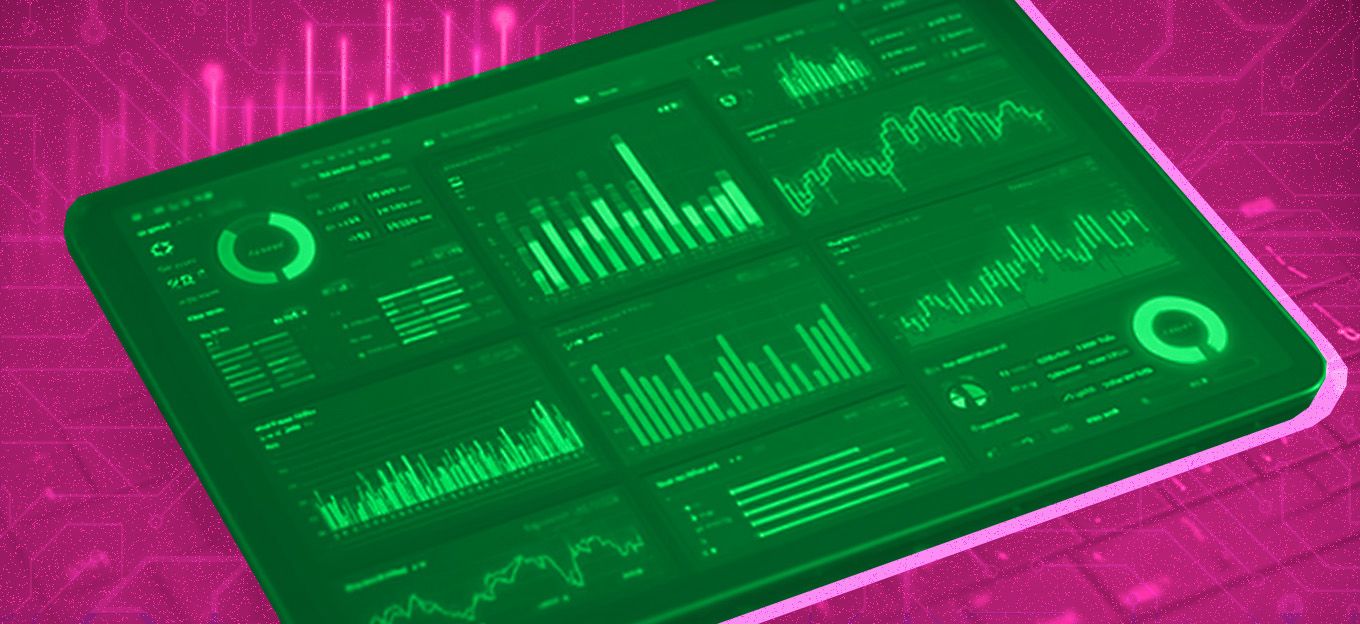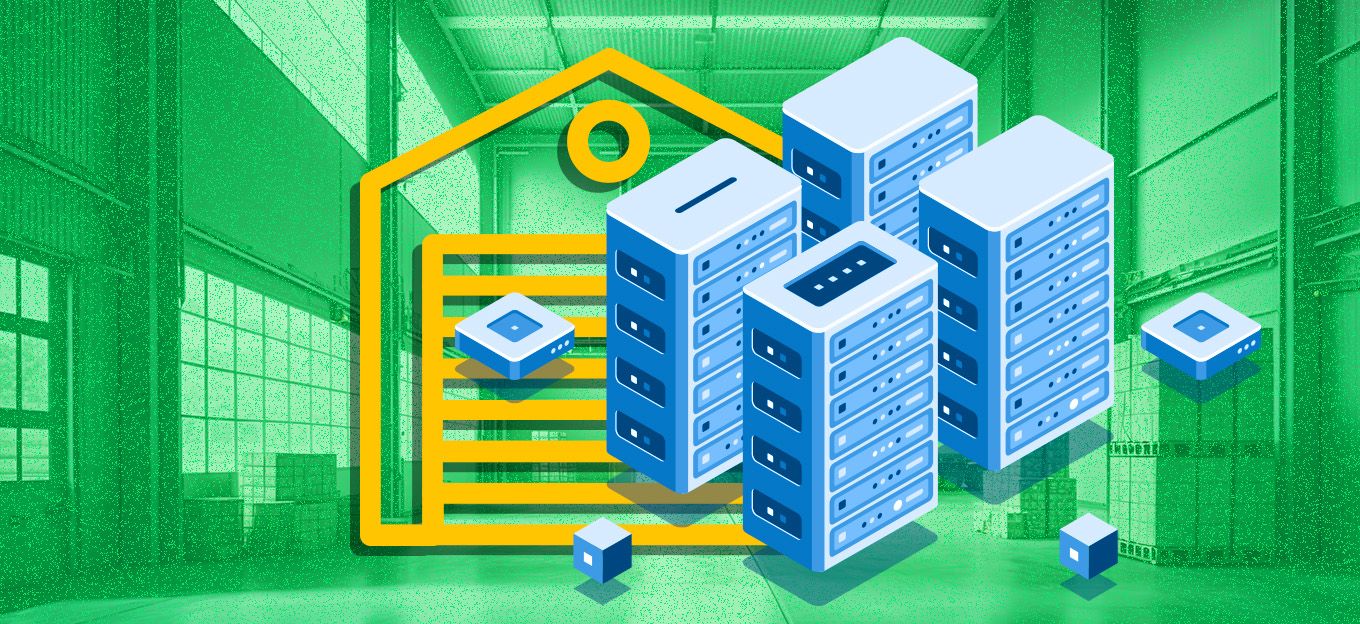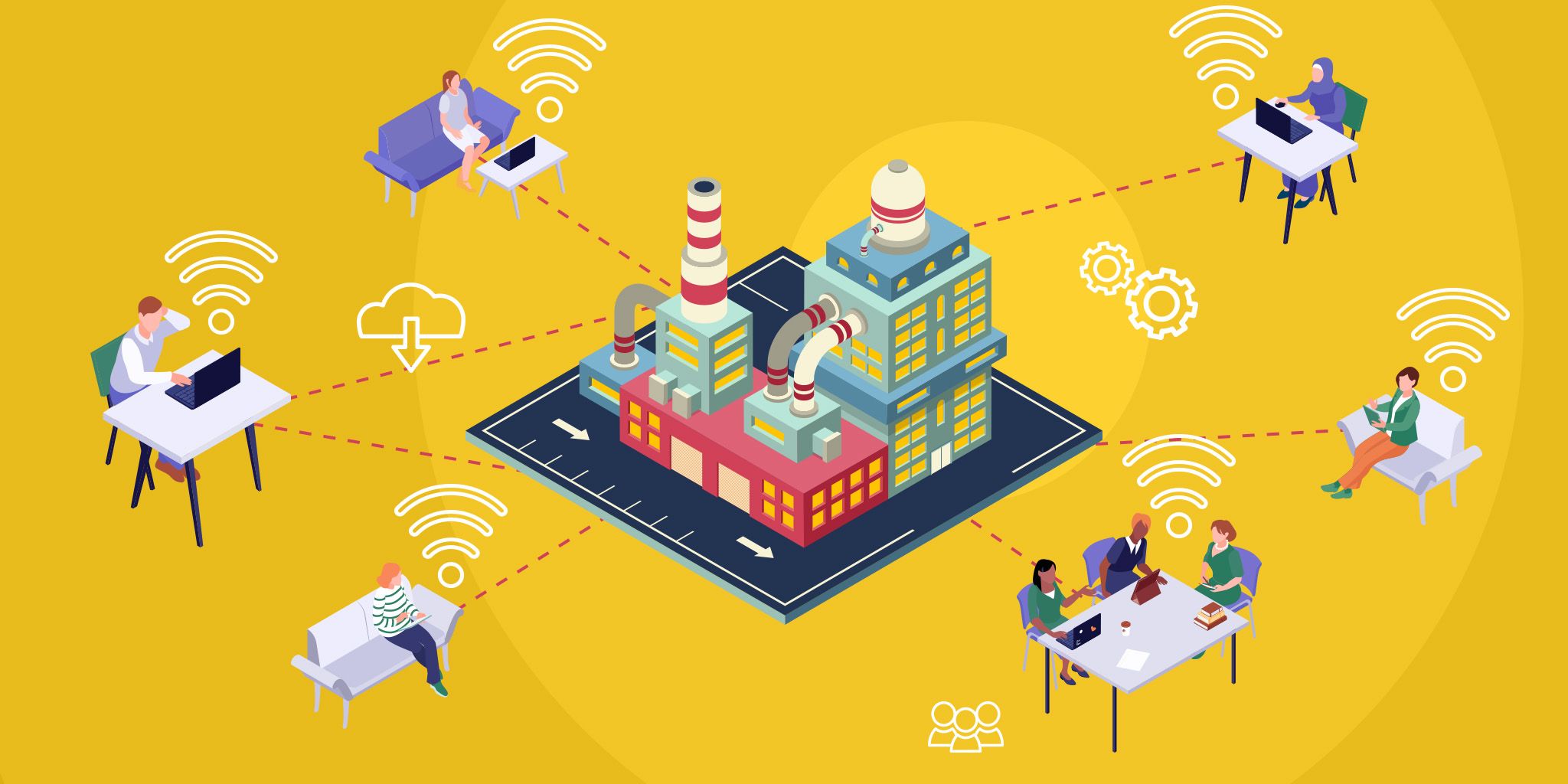Integrating IoT Data with Enterprise Systems: Breaking Silos for Better ROI
Integrating IoT Data with Enterprise Systems: Breaking Silos for Better ROI
- Last Updated: October 3, 2025
EAMS Technologies
- Last Updated: October 3, 2025



IoT deployments have matured rapidly. Companies now deploy thousands of connected sensors across facilities, fleets, and industrial sites to monitor everything from energy usage to equipment performance. However, too often, the resulting data remains isolated—visible on an IoT dashboard, yet disconnected from the enterprise systems that drive daily operations.
For CIOs, IT managers, and operations leaders, the question is no longer “Can we collect IoT data?” It’s “How do we connect IoT insights into the systems that run our business?” The answer lies in integration, empowering you to make data-driven decisions that drive business outcomes.
Why Integration Matters
Without integration, IoT risks becoming a silo. Sensors may flag a vibration anomaly on a motor, but if that alert isn’t tied to your maintenance system, the insight remains just another data point. Integration closes this gap—transforming sensor readings into actionable business decisions. As outlined in our earlier piece on IoT Analytics Best Practices, insights only deliver value when they drive outcomes.
Key benefits of integration include:
- Faster response times: Automated alerts can create work orders, trigger inventory checks, or notify field staff instantly.
- Improved ROI: Connecting IoT data to enterprise workflows ensures the insights directly drive savings or revenue.
- Scalability: Integrated systems prevent “dashboard sprawl,” making it easier to manage thousands of devices across multiple sites.
- Compliance & reporting: Linking IoT to ERP or CMMS enables easier tracking of regulatory KPIs, safety metrics, and audit trails.
Simply put, integration transforms IoT from a monitoring tool into a true business enabler.
Best Practices for IoT–Enterprise Integration
1. Use APIs and Open Standards
Interoperability is the foundation of scalable IoT. Closed systems or proprietary protocols make it difficult—and costly—to integrate with enterprise platforms, such as ERP, CMMS, or EAM.
Best practice: Choose IoT platforms and devices that support open APIs (REST, GraphQL, MQTT) and common data standards (JSON, OPC-UA, BACnet). This ensures flexibility as your architecture evolves.
Example: A manufacturer using OPC-UA can stream vibration data directly into both an IoT analytics platform and a CMMS, eliminating the need for custom adapters.
2. Automate High-Impact Workflows
The real ROI comes from automation. Rather than relying on staff to manually review dashboards and copy data into other systems, integration should create closed-loop workflows that automate these tasks. For example: a sensor detects abnormal vibration → auto-generates a CMMS work order or work request. Some CMMS solutions show how integration with maintenance software eliminates manual steps, reduces downtime, and ensures IoT insights translate into measurable results.
Best practice: Start with workflows that directly impact cost, safety, or customer satisfaction.
- Predictive maintenance: vibration alert → auto-generate CMMS work order.
- Cold chain monitoring: temperature breach → auto-flag inventory risk in ERP.
- Facilities management: occupancy drop → auto-adjust HVAC via building management system.
These integrations create measurable business impact quickly, building momentum for larger rollouts.
3. Prioritize Role-Based Access and Security
When IoT data flows into enterprise systems, it becomes accessible to more users—and potentially more vulnerable.
Best practice: Implement role-based access controls and encryption across all integrations to ensure secure data handling and protection, providing you with the peace of mind that your data is safe and protected.
- Maintenance teams: asset-level alerts and work orders.
- Executives: consolidated KPIs and performance trends.
- External partners: limited, read-only access if required.
This prevents data leakage while ensuring the right people see the correct information.
4. Govern Your Data for Consistency and Compliance
IoT sensors generate vast streams of data, but without governance, integration can create chaos. Defining hierarchies, naming conventions, and retention policies ensures insights flow seamlessly into enterprise systems. Data Analytics Tools help organizations structure and contextualize IoT data so it’s actionable across platforms.
Best practice: Define standards before scaling.
- Asset hierarchies: ensure every sensor is linked to a specific asset, location, and site.
- Naming conventions: avoid duplicates and inconsistencies (e.g., “Pump_01” vs “P1_Main”).
- Data retention: decide what data is archived, aggregated, or discarded to balance cost and compliance.
- Auditability: maintain logs of what data is entered into enterprise systems and when.
Example: A utility aligning IoT pressure readings with asset IDs in its ERP can easily generate compliance reports for regulators without manual data wrangling.
5. Start Small, Prove Value, Then Scale
Integration projects can be overwhelming if you try to “boil the ocean.”
Best practice: Begin with a single integration that addresses a high-priority pain point—such as predictive maintenance in a single plant, energy optimization in a specific building, or inventory management in a warehouse. Once ROI is demonstrated, expand in phases, adding additional workflows, more sites, and more systems.
Example: A real estate operator might first integrate IoT occupancy data with HVAC scheduling to optimize energy usage. After proving energy savings, they expand to integrate water leak sensors with their facilities ticketing system.
6. Ensure Future-Proofing and Scalability
IoT deployments proliferate—from dozens of devices to thousands across sites. Integration strategies must be built to handle scale.
Best practice:
- Choose platforms that support multi-site hierarchies.
- Design APIs to handle bulk data ingestion, not just single events.
- Use middleware or integration layers (like iPaaS platforms) to reduce custom coding.
- Plan for over-the-air updates and version control to keep integrations secure and up to date.
Forward-looking note: Emerging trends, such as digital twins (virtual replicas of physical devices or systems) and AI-driven automation, will rely heavily on the integration of IoT and enterprise data. Building on open, scalable foundations today prepares you for tomorrow's innovations.
Real-World Scenarios
- Manufacturing Predictive Maintenance: A factory integrates IoT vibration sensors with its CMMS. When analytics detect early signs of bearing wear, the system automatically generates a work order, resulting in reduced unplanned downtime and more effective allocation of maintenance resources.
- Facilities Management: A commercial real estate operator integrates occupancy and HVAC data with its building management software. Instead of just visualizing usage trends, the system dynamically adjusts HVAC schedules, resulting in a 15% reduction in energy costs.
- Utilities: A water utility integrates pressure sensors with its ERP. When a pipe shows signs of abnormal pressure, the ERP triggers both a maintenance order and a customer notification workflow—reducing both service interruptions and customer complaints.
Common Pitfalls to Avoid
1. Treating dashboards as the finish line – without tying insights to workflows, ROI remains limited:
It's essential to view dashboards not just as standalone visual tools, but as part of a broader decision-making process. When insights generated by dashboards are integrated into actual workflows—such as automated reports, notifications, or operational adjustments—organizations can better realize their return on investment. Without this connection, dashboards risk becoming passive displays rather than active drivers of business value.
2. Overcomplicating integrations – focus on high-value, high-frequency use cases first:
While integrating various systems can enrich data and insights, over-engineering these integrations can lead to delays, increased costs, and complexity. It's more effective to prioritize integrations that are used regularly and deliver significant value. Start with the most critical touchpoints that support core business operations, and expand gradually as needed.
3. Ignoring end-user adoption – integrations only add value if people trust and use them:
No matter how sophisticated the integration or how valuable the data, if users don't trust or understand the systems, they won't utilize them effectively. Ensuring user-friendly interfaces, proper training, and demonstrating clear benefits are essential steps to foster adoption and maximize the value of integrated solutions.
4. Neglecting security – integrated systems expand your attack surface; make sure encryption and access controls are robust:
As systems become increasingly interconnected, the potential points of vulnerability to security threats increase. Implementing strong encryption, multi-factor authentication, and strict access controls is crucial for protecting sensitive data and ensuring compliance. Regular security audits and monitoring should also be part of your integration strategy. Overcomplicating integrations – focus on high-value, high-frequency use cases first.
The Road Ahead
As IoT adoption accelerates, integration will define which projects scale and which stall. Forward-thinking enterprises are already bridging IoT with ERP, CMMS, and other systems to maximize business value. Those who succeed treat integration not as an IT project, but as a strategic enabler for ROI, efficiency, and resilience.
By breaking down silos and integrating IoT data into enterprise workflows, organizations ensure that every sensor reading has the potential to create a meaningful impact.
Some Key Takeaways
IoT alone delivers data. Integration delivers decisions. By linking IoT platforms with enterprise systems—through APIs, automation, governance, and role-based access—businesses can move from monitoring to measurable outcomes. For Implementers, this is the next critical step in maximizing IoT investments.
The Most Comprehensive IoT Newsletter for Enterprises
Showcasing the highest-quality content, resources, news, and insights from the world of the Internet of Things. Subscribe to remain informed and up-to-date.
New Podcast Episode

Moving Past the Pilot Phase in IoT and AI
Related Articles




